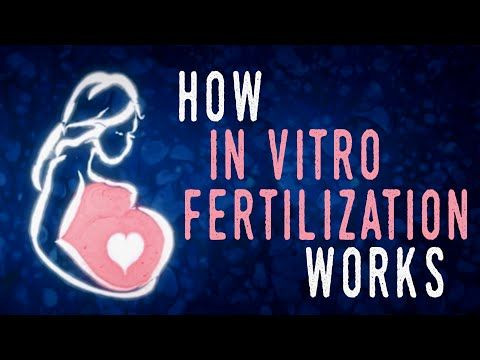This Is No Test Baby: The Science Of Making Babies Via In Vitro Fertilization

One in eight heterosexual couples struggle with infertility. It can be a problem that elicits shame in the couple, but particularly in women. Why? Pregnancy is perceived as a “natural” ability. The reality is, of course, much more complicated, and infertility is more common than we think. In vitro fertilization (IVF) is the process through which the egg is fertilized by sperm outside of the body.
In the TED-Ed video above, we learn how this procedure has revolutionized reproductive science, opening the doors of childrearing to couples, whether heterosexual or homosexual, who may not be able to conceive their own baby. The demand for IVF has grown tremendously, and we know that because more than five million babies have been born using it.
As for the mechanics of IVF, it's quite simple. Follicle Stimulating Hormone (FSH) is administered to the woman at higher levels than normal to cause an over-controlled stimulation of the ovaries, which produces eggs. Then, as far as the man’s side is concerned, his sperm is produced by masturbation. The egg is then prepared for fertilization in a petri dish. Fertilization can occur naturally or it can be manually done by a needle to ensure fertilization. The egg can be frozen, or if it is to be used, can be delivered into the woman’s uterus through a catheter.
Many couples are choosing to postpone having children. The number of women having children after 35 is also rising. This is for a variety of different reasons ranging from economic or personal choices. However, whatever that choice might be, it is good to know that a perfectly healthy child can be yours. They aren’t lab babies, they are human beings.



























